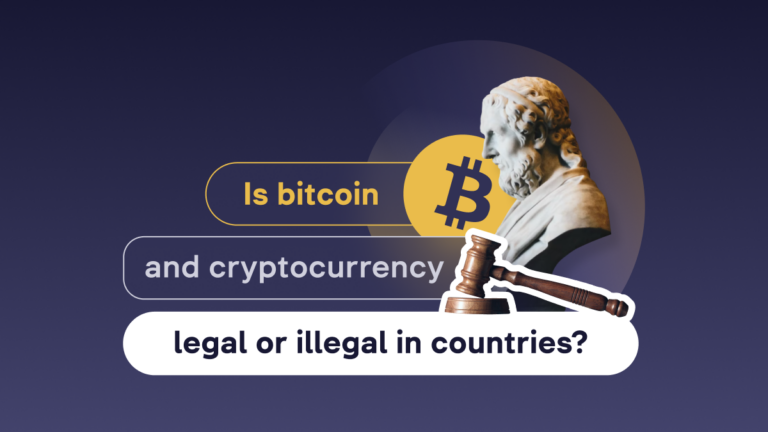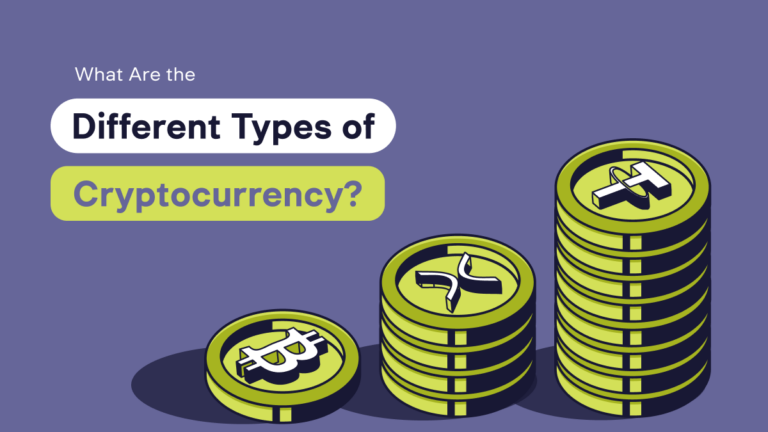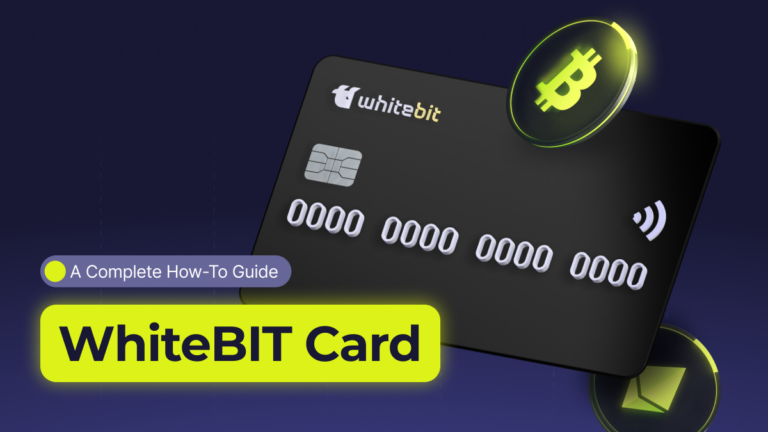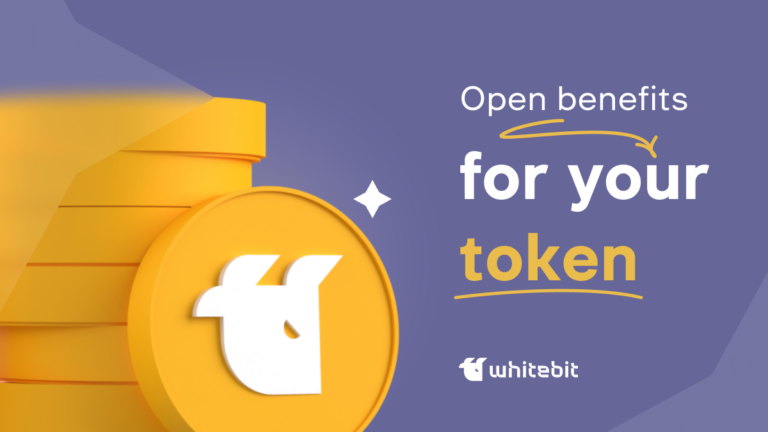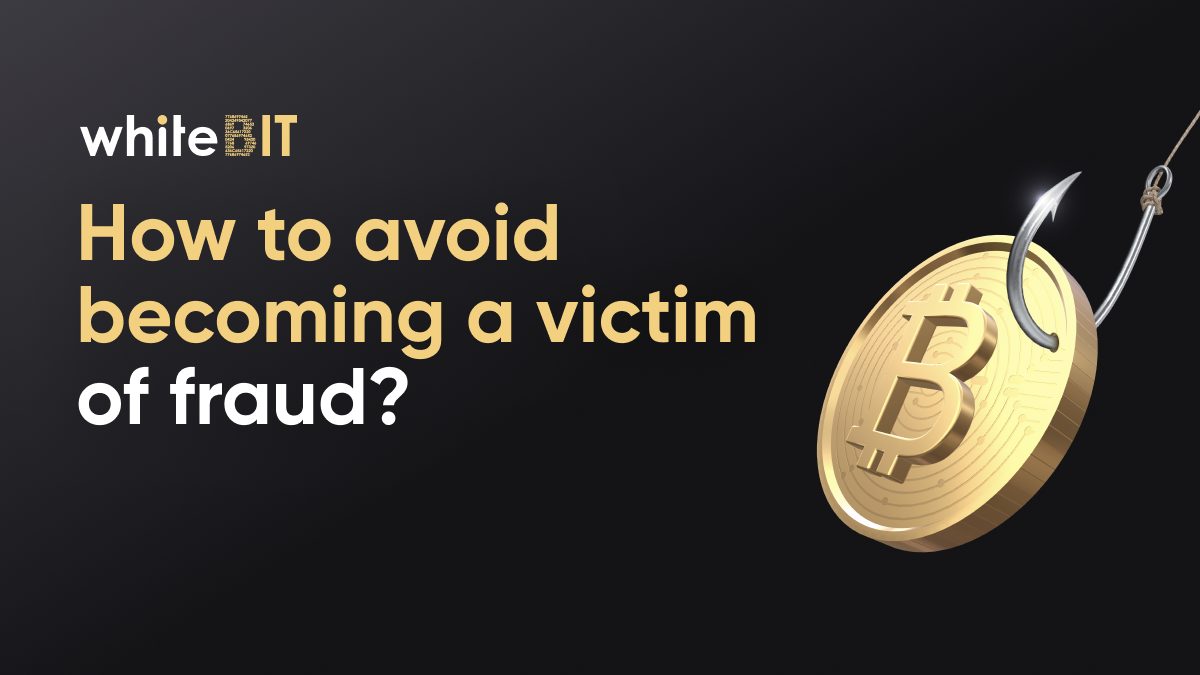What is ICO (Initial Coin Offering)?
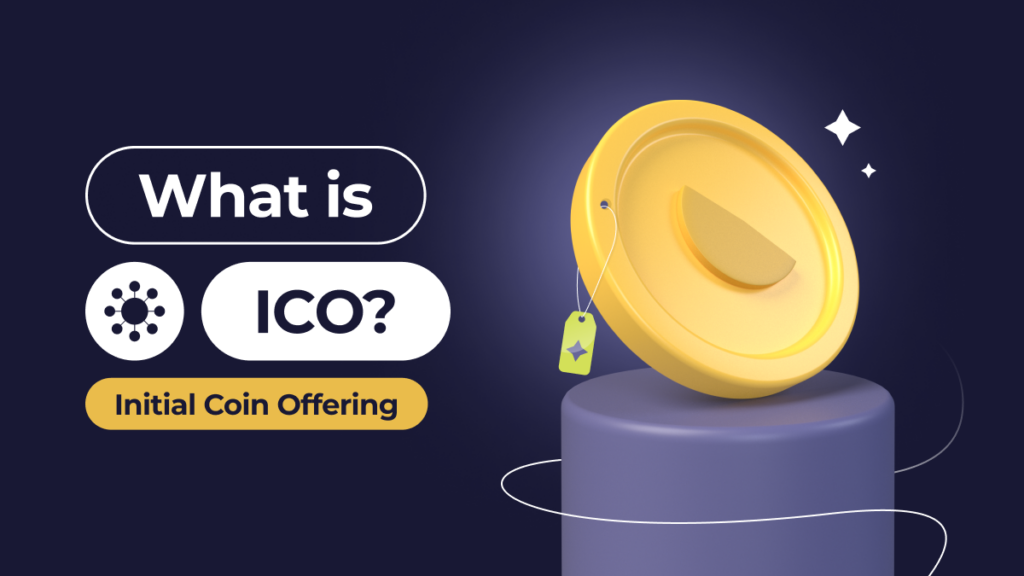
Content
- Cryptocurrency and ICO: What Does ICO Mean & How Does It Work?
- What is Initial Coin Offering Purpose and Why Participate?
- Is An ICO Legal?
- Strategies And Tips For a Safer And More Successful ICO Investment
- How to Conduct an ICO?
- How to Choose an ICO and How to Participate in an ICO?
- Main Advantages and Risks of ICO
- Examples of The Most Popular and Successful ICOs
- ICO vs IEO: The Differences
- Differences Between ICO and IPO
- The Difference Between an ICO and an STO
- Conclusion
- FAQ
In digital assets and blockchain technology, ICO (Initial Coin Offering) has become a revolutionary tool for startups and investors. But despite its popularity, many people still don’t fully understand how it works and its benefits. This article will tell you all about ICO, namely what is an ico, what does ico stand for, the definition of ICO, the stages of an ICO, the benefits and potential risks, and even how to make money from an ICO.
Cryptocurrency and ICO: What Does ICO Mean & How Does It Work?
Initial Coin Offering ICO (translated as initial or initial coin offering) raises capital for cryptocurrency projects where companies issue and sell their tokens in exchange for investment. This process allows startups to raise funds quickly, bypassing traditional financial institutions, and gives investors access to promising new cryptocurrencies. Crypto ICO is also known as a launchpad. Simply put, an ICO coin offering and a launchpad are the same except for the wording. Both involve an initial token offering, but a launchpad emphasizes the platform that provides startups with the necessary tools and support for a successful launch. At the same time, an crypto coin ICO is the fundraising process itself. Statistics show that successful and popular ICO projects raise significant amounts of capital, but there is also a high percentage of failed and fraudulent campaigns.
The first ICO was held in 2013 by the Mastercoin project (later renamed Omni). In July 2013, Mastercoin’s developers offered investors the opportunity to purchase the project’s tokens in exchange for bitcoins. The campaign raised about 5,000 BTC, which amounted to about $500,000. Mastercoin’s success paved the way for subsequent ICOs and became the starting point for the widespread use of this method of raising capital in the cryptocurrency industry.
What is Initial Coin Offering Purpose and Why Participate?
An ICO crypto coin is a way to raise capital for a cryptocurrency project without traditional financial institutions. The project issues tokens that are sold to investors, creating a community and increasing visibility.
For the project ICO is beneficial because it allows it to raise capital quickly and efficiently, bypassing the complex and lengthy procedures of traditional financing through venture capital funds or banks. It enables startups to raise funds for product development and marketing, while creating a community of stakeholders ready to support and promote the project. In addition, an ICO attracts the attention of the media and the public, increasing brand awareness and creating additional interest in the project.
For an investor, participation in an ICO is beneficial because it allows them to acquire tokens at an early stage at a low price with the potential for a significant increase in their value in the future. This allows for diversifying the investment portfolio with cryptocurrency assets and supporting innovative projects. In addition, participation in an ICO provides access to promising technologies and the opportunity to become part of the community, influencing the project’s development and receiving additional benefits.
Is An ICO Legal?
The legality of an ICO varies from jurisdiction to jurisdiction. In some countries, such as the US and China, ICOs are governed by strict laws and may be considered illegal if they do not meet securities requirements. The US Securities and Exchange Commission (SEC) treats some tokens as securities, requiring projects to register and meet certain standards. In China, ICOs have been completely banned and any attempts to conduct such tokens are considered illegal.
In other countries, such as Switzerland and Singapore, ICOs are allowed but regulated to protect investors and prevent fraud. These jurisdictions develop specific rules and requirements for projects conducting ICOs, including mandatory registration, disclosure, and anti-money laundering (AML) and countering the financing of terrorism (CFT) compliance. It is important that projects and investors thoroughly research local legislation before participating in an ICO to ensure compliance with all necessary legal provisions.
The legal status of ICOs in Ukraine remains to be determined. No specific laws regulate ICOs in the country, which creates uncertainty for market participants. However, Ukrainian authorities are working to create a legal framework for cryptocurrencies and related processes, including ICOs.
How To Launch An ICO?
The ICO cryptocurrency launch procedure requires technical knowledge to create tokens, legal preparation to comply with regulations and active promotion to attract investors. Before wondering how to do your ICO, it is important to realize that you need a project with a clear concept, a qualified development team, compliance with the legal requirements of the jurisdiction, an effective marketing strategy and a willingness to provide a detailed project description in the form of a whitepaper.
Strategies And Tips For a Safer And More Successful ICO Investment
Set Realistic Expectations
Investing in ICOs can offer significant upside potential, but it also comes with a high level of risk. It is important to approach investments with realistic expectations and not expect instant riches. Evaluate the project, its business model, team and technology to see if it is viable and promising. Not all ICOs are successful, and some projects may not meet your expectations.
Pay Attention to Market Conditions
Market conditions significantly impact an ICO’s success and tokens’ value. Study the current situation in the cryptocurrency market to see if it is in a bullish (upward) or bearish (downward) trend. In favorable market conditions, the chances of successful capital raising and token value growth are higher. Pay attention to news and events that may affect the market to make informed investment decisions.
Be Prepared for Volatility
The cryptocurrency market is known for its high volatility. Token prices can fluctuate significantly in short periods of time, which can be both an advantage and a risk for investors. Prepare for possible price spikes and declines in token value. Monitor the possibility of using risk management strategies, such as diversifying your portfolio and setting stop-losses, to protect your investments from significant losses.
Consider Joining the Community
Active participation in the project community can provide valuable insights and help you better understand the ICO in crypto outlook. Join forums, social networks and messenger groups where projects of interest to you are discussed. This will help you stay up-to-date on the latest news, get first-hand information and interact with other investors and developers. Participation in the community also allows you to assess the level of trust and support for the project, which can be an important factor when making an investment decision.
How to Conduct an ICO?
Stages of ICO
Preparation
- Develop ICO Concept and Whitepaper: Describe the project, business model and plan for the use of funds.
- Team Formation and Legal Preparation: Form a team and make sure you are in compliance with legal requirements.
Launch
- Token creation: Use a blockchain platform such as Ethereum.
- Marketing and Tokensale: Attract attention to the ICO initial coin offering through a marketing campaign and sell tokens.
- Conclusion: Finalize the ICO and start implementing the project.
Let’s further consider how the ICO of cryptocurrency goes.
How is The Price of Tokens Formed During an ICO?
The price of tokens can be fixed or dynamic, changing depending on supply and demand. Some projects use a Dutch auction, where prices gradually decrease until all tokens are sold.
Know Your Customer (KYC)
KYC procedures require collecting investor information to prevent money laundering and comply with legal regulations. This increases investor and regulator confidence in the project.
How to Choose an ICO and How to Participate in an ICO?
Choosing an ICO
- Research the project: Before investing, read the project’s whitepaper carefully. This document should contain a detailed description of the idea, business model, technical aspects and a plan for using the funds raised. Evaluate whether the goals and timelines in the whitepaper are realistic. Ensure the project solves a specific problem and has a clear strategy for success.
- Evaluate the team: The success of any project depends largely on the team behind it. Research the backgrounds and professional experience of the team members and their advisors. Check if they have been involved in successful projects before. An experienced and competent team greatly increases the chances of a successful project.
- Check legal clearance: Ensure that the project complies with all legal regulations and requirements of the jurisdictions in which it is being conducted. This includes compliance with KYC and AML procedures. A project that complies with legal requirements inspires more trust and reduces risk for investors.
- Explore the community: Join forums, social media and messenger groups where the project is being discussed. Find out what other investors think, follow activity and discussions. An active and supportive community can indicate a high level of confidence in the project and its prospects.
- Market conditions analytics: Assess the current situation on the cryptocurrency market. Projects can be more or less attractive depending on market trends. For example, in a bullish market (uptrend), the chances of a successful ICO and token value growth are higher than in a bearish market (downtrend).
Participation in ICO: How to Start?
- Prepare cryptocurrency: Find out what cryptocurrency the project accepts for participation in the ICO. Usually, it is Bitcoin (BTC) or Ethereum (ETH). Fund your wallet with the required amount, ensuring you have enough money to participate in the ICO and pay transaction fees.
- Create an account and go through KYC: Register on the ICO platform and go through the KYC process. This requires documents proving your identity, such as a passport or driver’s license. Passing KYC helps the project comply with legal regulations and protects you as an investor.
- Send funds to the project address: At the start of the ICO, transfer the cryptocurrency to the specified project address. Ensure the address is correct to avoid losing funds due to fraud or error. Check that the transaction is confirmed and save all confirmations.
- Get tokens: After the transaction is confirmed, you will receive tokens to your cryptocurrency wallet. Store them in a safe place using hardware wallets or other secure storage means. Do not disclose your private keys, and keep your assets safe.
- Follow the project’s development: Stay active in the project community and follow its news and updates. This will help you keep up with all changes and events that may affect the token value and the project’s development. Active participation in the community can also give you access to additional information and opportunities related to the project.
Main Advantages and Risks of ICO
| Pros of ICO | Cons of ICO |
| Fast and efficient way to raise capital | High risk of fraud and deception |
| Opportunity to participate in innovative projects | Lack of investment return guarantees |
| Access to tokens at an early stage at a low price | High volatility of token value |
| Transparency and openness of the project through whitepaper | Legal uncertainty and regulation |
| Building and maintaining a community around the project | Possible problems with roadmap execution |
| Diversification of investment portfolio | Risks of technological realization of the project |
Examples of The Most Popular and Successful ICOs
NEO
NEO, formerly known as AntShares, is a blockchain platform for developing decentralized applications (dapp) and smart contracts. NEO is often referred to as “China’s Ethereum” due to its similar functionality and focus on creating a smart economy through the digitalization of assets using blockchain technology. The project has attracted significant attention due to the support of the Chinese government and developer community.
Ethereum
Ethereum is one of the most well-known and influential blockchain platforms. It was launched after a successful ICO in 2014 that raised around $18 million. The platform allows users to create and execute smart contracts and decentralized applications (apps). Due to its flexibility and powerful ecosystem, Ethereum has become the foundation for numerous other ICOs and projects.
ARK
ARK is a platform for creating interconnected blockchain networks that makes it easy to design and implement your own blockchain. The ARK project aims to improve interoperability between different blockchains by creating bridges for cross-network transactions. ARK’s ICO took place in 2016 and raised about $800k. The main focus is on user accessibility and integration of different blockchain technologies.
NXT
NXT is one of the first second-generation blockchain platforms, launched in 2013. The platform provides opportunities to create decentralized applications, assets and smart contracts. NXT’s ICO was one of the first ever, raising about $16,800 in Bitcoin. Despite modest fees, NXT showed that blockchain technology can be used to create new financial instruments and decentralized systems.
ICO vs IEO: The Differences
ICO and IEO (Initial Exchange Offering) are two methods of raising capital for cryptocurrency projects. In an ICO, projects sell tokens directly to investors through their platform, which requires participants to research and evaluate the project independently. An IEO, on the other hand, is conducted through a cryptocurrency exchange (cryptocurrency website), which acts as an intermediary, vetting and “listing” the token on its platform. This increases investor confidence as the exchange pre-audits the project, reducing fraud risks.
*Listing is the process of including a cryptocurrency or token in the list of cryptocurrencies traded on an exchange.
Differences Between ICO and IPO
IPO (Initial Public Offering) is when a private organization offers its shares for sale to the general public on the stock market for the first time, giving investors a stake in the company and the right to a share of its profits. IPOs are highly regulated, require significant cost and preparation, and are usually targeted at large institutional investors. ICOs, on the other hand, are a method of raising capital for cryptocurrency projects where investors purchase tokens that provide access to the project’s services or products. ICOs are typically less regulated, accessible to a wide audience, and do not provide a stake in the company.
The Difference Between an ICO and an STO
STO (Security Token Offering) is a more regulated process where security tokens are sold. These tokens grant investors legal rights such as a share in profits or participation in project management. STOs require adherence to strict regulatory standards, which provides greater protection for investors, but also increases complexity and startup costs compared to ICOs.
Conclusion
An ICO is a powerful tool for raising capital and innovation in the cryptocurrency industry. Despite the risks and regulatory complexities, a properly conducted ICO can become a springboard for a startup, opening new horizons and attracting the attention of investors worldwide. Success requires careful preparation, transparency, and market understanding, which makes ICOs interesting and promising opportunities for many projects. The best ICO projects often do a presale, which allows early investors to exit on the most favorable terms.
FAQ
An ICO is a startup that raises capital by issuing and selling its own tokens.
To invest in an ICO, you need to register on the project's platform and purchase tokens, usually using cryptocurrency.
Investing in an ICO can be profitable, but it can also be very risky. Research the project and its team thoroughly to reduce the risk of loss.

